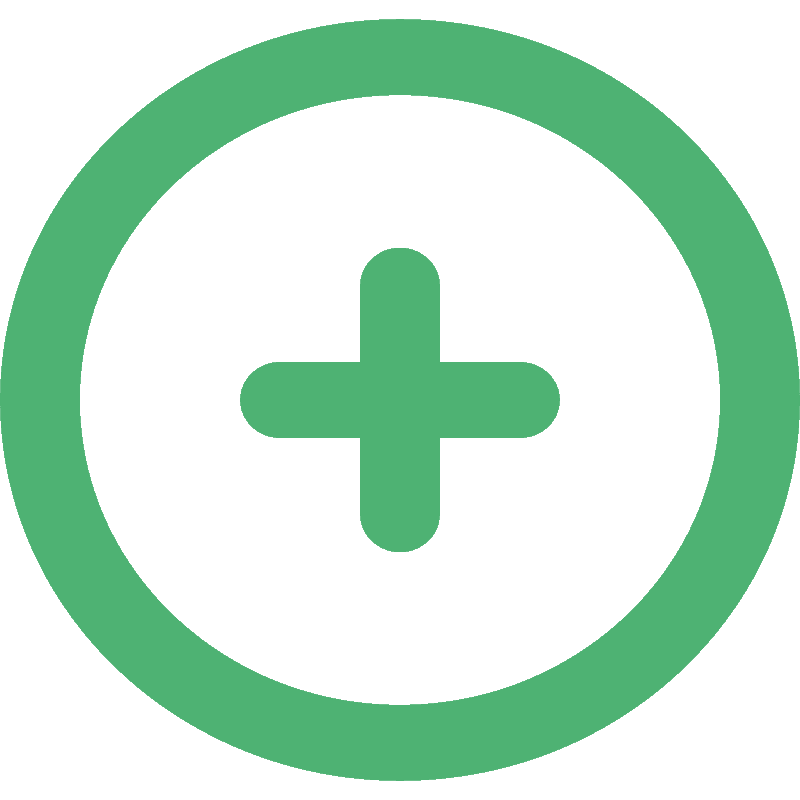Lice: Most Effective Dietary Supplements
Updated on
Head lice, small wingless blood-sucking insects, measure between 2 to 4 mm in adulthood and live on the human scalp. Contrary to popular belief, their presence does not indicate a lack of hygiene. Although bothersome, lice do not transmit severe diseases.
Transmission and Infestation
Lice spread mainly through direct head-to-head contact. Their speed of movement (approximately 23 cm/min) facilitates their spread, but they neither jump nor fly. The eggs (nits) are firmly attached to the base of the hair near the scalp and hatch in 9 to 10 days. An infestation can cause itching due to sensitivity to the antigens in the saliva injected by lice when they feed. However, some individuals may remain asymptomatic.Prevention
Adopting preventive measures is essential to limit infestations: • Avoid head-to-head contact: Limit close contact, especially among children, in communal places like schools. • Limited exchange of personal items: Do not share hats, scarves, brushes, or pillows, which can be transmission vectors. • Regular checks: Use a fine-toothed comb to examine children's scalp, especially after reports of infestations at school. • Targeted cleaning: Wash pillowcases and hats at high temperatures. Non-washable items can be placed in an airtight bag for two weeks to eliminate lice.Management
In case of infestation, several solutions exist: • Topical insecticides: Products like permethrin or pyrethrins, used in two applications one week apart. • Wet hair combing: Recommended for removing lice and nits. • Natural products: Some oil-based mixtures (e.g., coconut or ylang-ylang) have shown effectiveness comparable to chemical treatments in some studies.Lice : les meilleurs compléments alimentaires

Probably Effective
 5 studies
5 studies



